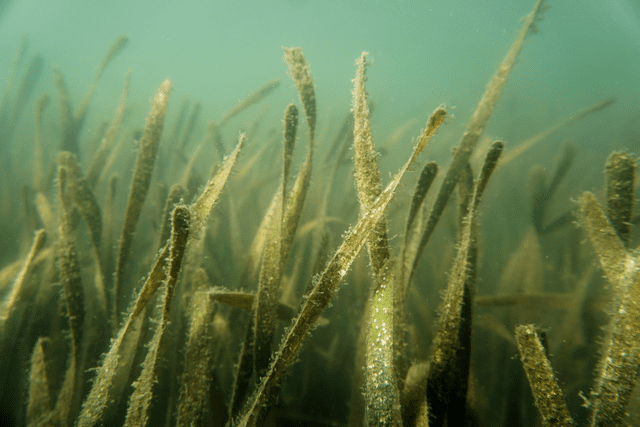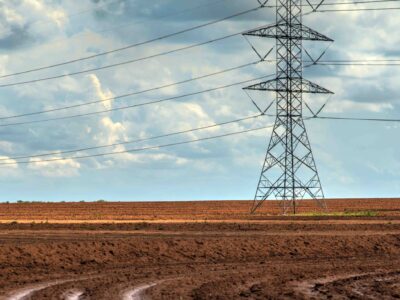Underwater Greenery is More Vital Than You Might Think In Reducing Carbon Pollution.
If you look at an image of the bottom of the ocean, you’ll notice coral reefs, brightly colored fish, rock formations, and other sea life. Something you might not pay attention to is seagrass.
Dozens of seagrass species can be found off the coast of every continent except Antarctica. Most are submerged off of sandy coasts, but some are closer to the surface of the water and can be seen at low tide. These grasses perform a number of important functions for the marine ecosystem: they provide shelter and food for aquatic life, they filter water by capturing sediments and their deep root systems can help protect coastlines from erosion.
Perhaps one of seagrass’ most surprising capabilities is carbon sequestration. Like rainforests, seagrass meadows can store large amounts of carbon, thus cutting down on emissions and helping to create a cleaner environment. In fact, a 2012 study showed that seagrass can store as much carbon as forests.

Although seagrasses only occupy 0.2 percent of the ocean’s floor, they represent 10 percent of the ocean’s ability to store carbon, often referred to as blue carbon. Florida is home to the most seagrass in the U.S. with 2.5 million acres of underwater greenery.
Despite the role seagrass plays in maintaining a healthy aquatic environment, it’s one of the most threatened ecosystems in the ocean. A 2009 study found that seagrasses all over the world have declined by 29 percent since the late 19th century, making them just as endangered as coral reefs. The human impact such as coastal development and nutrient pollution has put the seagrass system at risk.
“If you get a stress to the system, you start to erode its resilience,” said Savanna Barry, who works at the UF/IFAS Nature Coast Biological Station in Florida. “When our human systems push those buttons too often, then the seagrasses start to thin out and die.”
The dwindling seagrass population is perhaps most visible in South Florida. In recent years, 40,000 acres of seagrass have died off in Florida Bay near the Everglades National Park. James Fourqurean, a Florida International University marine scientist, believes the development of homes, roads, and more along the coastline is the primary cause for the die-off.
But impressive steps are being taken to mitigate human impact on seagrass. One such effort is Project Seagrass, a non-profit marine conservation organization dedicated to preserving seagrass across the globe. Through education, research, and awareness campaigns, Project Seagrass hopes to increase public visibility of these ongoing issues as they work to address them.
In fact, one of the biggest challenges to seagrass conservation is the lack of awareness. A recent study revealed “a limited societal recognition of the importance of seagrasses in coastal systems.”
Dave Tomasko has studied seagrasses in Florida for 30 years and is now the director of the nonprofit Sarasota Bay Estuary Program, which helps protect and restore the bay off the central west coast of Florida. SBEP offers grants annually to schools, colleges, civic organizations, and other local groups for water conservation and education projects.
Tomasko is hopeful that citizen projects can help increase awareness of seagrass’s integral role in the ocean environment, its unique capabilities like carbon sequestration, and its rapidly shrinking population. SBEP uses citizen volunteers to monitor local seagrass which helps to fill crucial data gaps for the program’s restoration projects.
Getting local leaders involved is also crucial. SBEP has a board of more than 50 local stakeholders including residents, scientists, managers, and members of local and state governments. “It’s not just scientists and engineers but policymakers,” says Tomasko. “We have the heads of utilities; we have elected officials. We have to bring them into it. Otherwise, we’re just talking amongst ourselves.”





